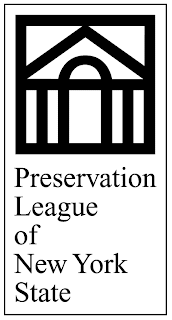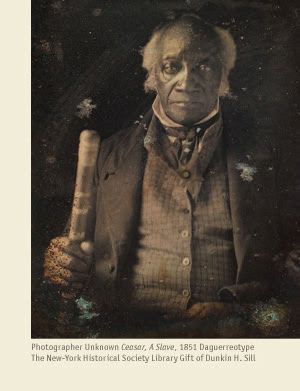 The wheel, binnacle (compass) and bell from the ship the City of New York, famously used in Admiral Byrd’s 1929 exploration of Antarctica, and infamously a ship that failed to aid the imperiled Titanic, will be offered for the first time at public auction on November 17th in Dallas, Texas. The items are expected to bring over $10,000.
The wheel, binnacle (compass) and bell from the ship the City of New York, famously used in Admiral Byrd’s 1929 exploration of Antarctica, and infamously a ship that failed to aid the imperiled Titanic, will be offered for the first time at public auction on November 17th in Dallas, Texas. The items are expected to bring over $10,000.
The history of the City of New York began in 1885, when she was known as the Samson, a 170-foot steam barque, whose first duty was as a sealing ship operating in arctic waters. On the night of April 14, 1912, loaded with 3000 pounds of illegal frozen seal in her hold, Samson was in the waters off Newfoundland and Labrador.
“On the horizon the crew saw signal rockets fired into the night by an unidentified ship,” said auction director Tom Slater. “Fearing a boarding by the Royal Navy, the crew doused the ship’s lights and quickly steamed out of the area. A few days later the captain of Samson heard the news of the sinking of RMS Titanic with the loss of 1517 lives.”
As additional news of the disaster spread, it became clear to the captain and crew of Samson that they did not come to the Titanic’s aid. The captain of SS Californian, another ship in the vicinity which did not respond, was publicly pilloried and became an outcast. Those on the Samson all wisely kept quiet about their unknowing abandonment of Titanic until 1962, the 50th anniversary of the sinking.
The Samson continued to ply the icy waters of the world, well known to the men racing to find glory in the arctic and Antarctic. In 1915 it rescued Sir Ernest Shackleton, who, having been beaten to the South Pole by Robert Falcon Scott and Roald Amundsen, turned his attention to an attempt to cross the Antarctic continent. When his ship, the Endurance, became icebound, it was the Samson that finally got him and his men to safe harbor after more than a year in the icy wilds.
It was actually Amundsen himself that recommended Samson to America’s Admiral Richard Byrd, who was planning an expedition to the Antarctic. Byrd followed his friend’s advice and purchased Samson to be his flagship on the expedition. It was renamed the City of New York, and in 1928 went with Byrd on his first expedition, along with one more ship and three airplanes. From there, City of New York participated in the photographic expeditions and geological surveys and the famous Nov. 28, 1929 flight to the South Pole and back, which captivated the world.
“The flight was successful, if harrowing, and it entered Byrd into the history books,” said Slater. “The expedition returned to North America on June 18, 1930 and was honored with the gold medal of the American Geographical Society.”
Byrd became wildly popular, and interest in his expedition did not diminish. In 1932, City of New York was sailed through the Great Lakes to the site of the Chicago World’s Fair. There, the ship was outfitted with artifacts of the expedition, and served as a floating museum throughout the fair.
In 1944, legendary yachtsman Lou Kennedy, bought City of New York, and converted her into a three-masted schooner. During the refitting, Kennedy discovered the ship’s wheel, binnacle (compass), and bell were all original equipment on Samson, and that Byrd had the bell and wheel engraved with the ship’s new name, City of New York when he retrofitted it in 1927. Kennedy replaced them and kept the originals, along with an intricately knotted ceremonial bell-pull used to ring President Franklin D. Roosevelt aboard when he visited the Chicago World’s Fair in 1933. The old ship burned and sank in 1953, ending a long career where she played a role in some of the twentieth century’s greatest sea tragedies and triumphs.
Heritage Auctions, headed by Steve Ivy, Jim Halperin and Greg Rohan, is the world’s third largest auction house, with annual sales more than $600 million, and 500,000+ registered online bidder members. For more information about Heritage Auctions, and to join and gain access to a complete record of prices realized, along with full-color, enlargeable photos of each lot, visit HA.com.
 Historic Saranac Lake will hold its Annual Meeting on November 9 at 7:00 PM, in the John Black Room of the Saranac Laboratory Museum. The meeting marks the organization’s 30th year, and will feature a talk by Caperton Tissot on her new book, Adirondack Ice: a Cultural and Natural History.
Historic Saranac Lake will hold its Annual Meeting on November 9 at 7:00 PM, in the John Black Room of the Saranac Laboratory Museum. The meeting marks the organization’s 30th year, and will feature a talk by Caperton Tissot on her new book, Adirondack Ice: a Cultural and Natural History.






